La Llorona
Ramón Peón / Mexico / 1933 / 73 min
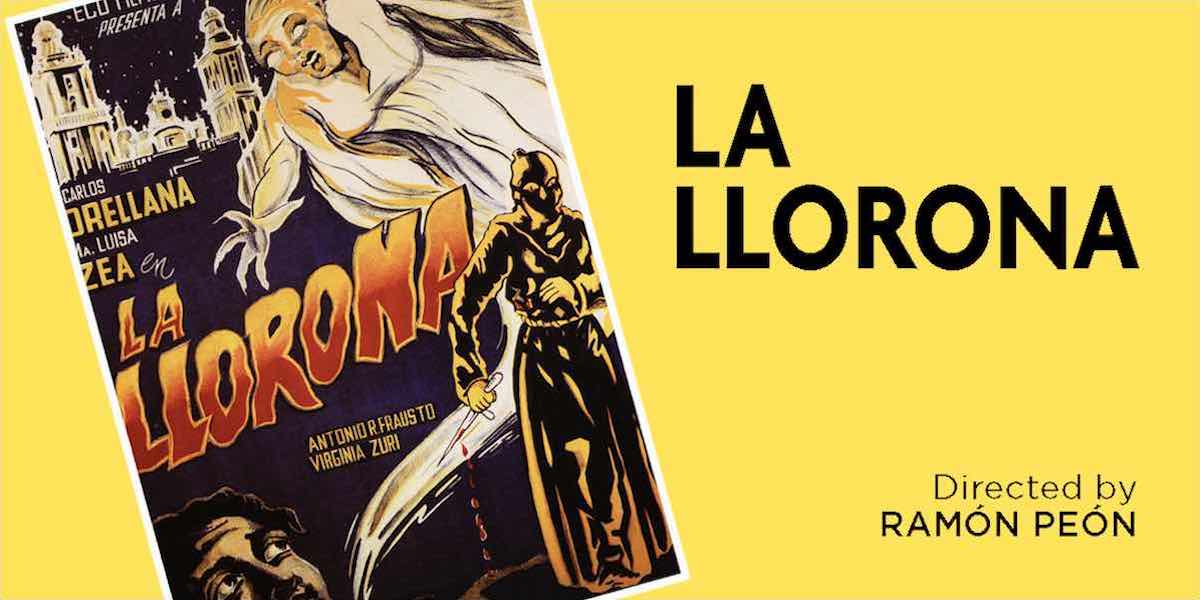
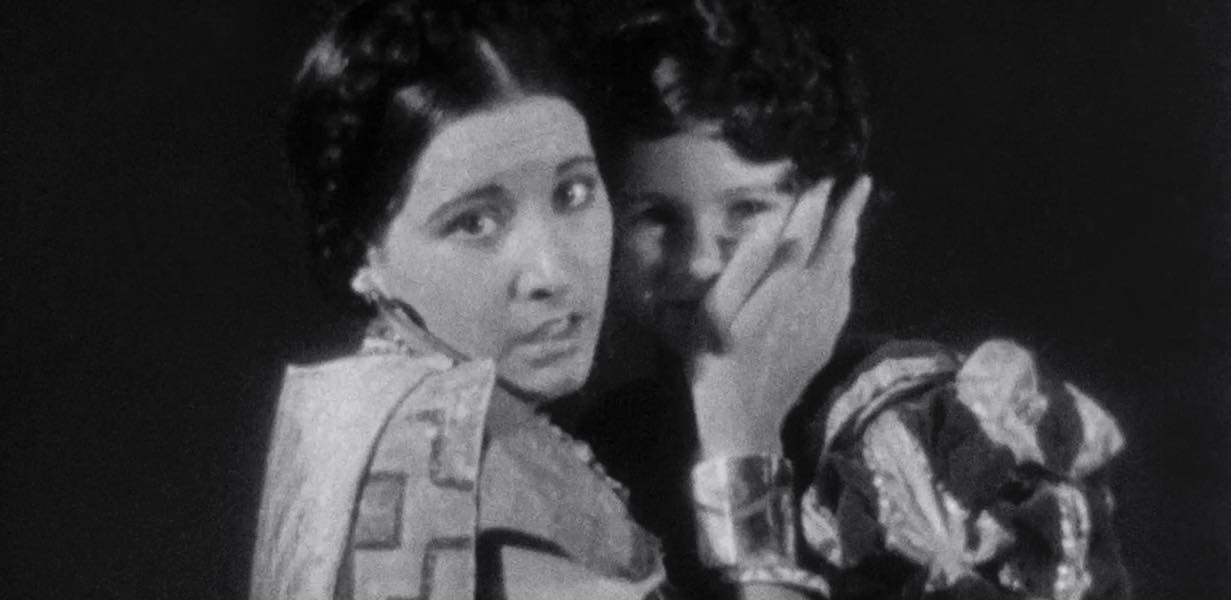
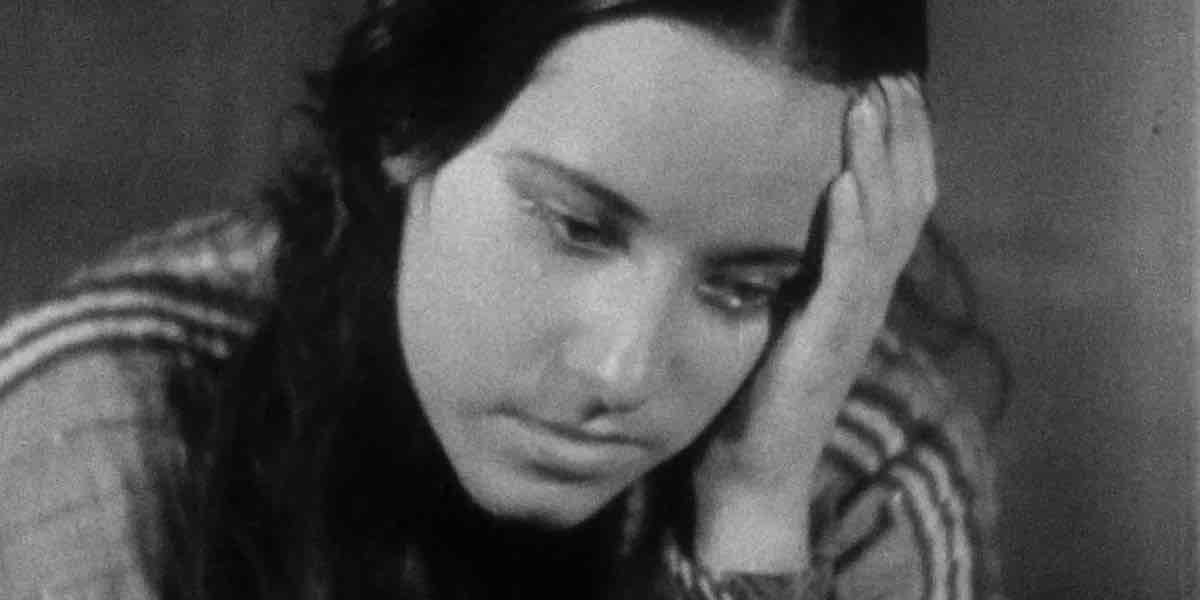
Related Films
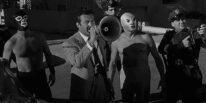 Santo vs. the Evil Brain(Santo contra Cerebro del Mal)Joselito RodríguezThis newly restored Cuban-Mexican horror-action cult classic opens with three gangsters cornering El Santo in a deserted alley and knocking him out. He ...
Santo vs. the Evil Brain(Santo contra Cerebro del Mal)Joselito RodríguezThis newly restored Cuban-Mexican horror-action cult classic opens with three gangsters cornering El Santo in a deserted alley and knocking him out. He ...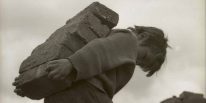 Chircales(Chircales)Marta Rodríguez & Jorge SilvaAn essential and highly influential classic for years to come, restored by the Arsenal Institut fur film und videokunst (Berlin). One of the first ...
Chircales(Chircales)Marta Rodríguez & Jorge SilvaAn essential and highly influential classic for years to come, restored by the Arsenal Institut fur film und videokunst (Berlin). One of the first ... The Rose Seller(La vendedora de rosas)Victor Gaviria ACADEMY AWARDS® COLOMBIA’S SUBMISSION FOR BEST FOREIGN LANGUAGE FILM SECTION MODERN CLASSICS Directed by the iconic Colombian poet and filmmaker ...
The Rose Seller(La vendedora de rosas)Victor Gaviria ACADEMY AWARDS® COLOMBIA’S SUBMISSION FOR BEST FOREIGN LANGUAGE FILM SECTION MODERN CLASSICS Directed by the iconic Colombian poet and filmmaker ... Time Theorem(Teorema de tiempo)Andrés KaiserSince 1945, Anita Schlittler and Arnoldo Kaiser managed a printing press in downtown San Luis Potosí. Almost 80 years later, a discovery revealed their ...
Time Theorem(Teorema de tiempo)Andrés KaiserSince 1945, Anita Schlittler and Arnoldo Kaiser managed a printing press in downtown San Luis Potosí. Almost 80 years later, a discovery revealed their ... Gabo & Cinema(Gabo y el cine)José Luis García AgrazIt is said that Nobel Prize winner Gabriel García Márquez never allowed for a film adaptation of his singular masterpiece One Hundred Years of ...
Gabo & Cinema(Gabo y el cine)José Luis García AgrazIt is said that Nobel Prize winner Gabriel García Márquez never allowed for a film adaptation of his singular masterpiece One Hundred Years of ...Pricing
Related Subjects
Download
Spanish with English subtitles
With Ramón Pereda, Virginia Zurí, Adriana Lamar
NEW RESTAURATION!- Considered the first Mexican horror film, La Llorona is a romantic melodrama with expressionist and supernatural elements based on the chilling tale of the ‘wailing woman’.
A ghost from Hispanic American folklore that originated in the pre-Hispanic world, she is the grieving soul of a woman who drowned her children. Repentant and cursed, she searches for them at night by rivers, towns, and cities, frightening those who see or hear her with her overwhelming cry. Her legend has a great diversity of versions.
The technical mastery it demonstrates is nothing less than admirable, and its attachment to Mexico’s folkloric tradition and history is an essential sign of its identity. The film was newly restored from a single 16 mm projection print in 2021 by The Permanencia Voluntaria Archives, in collaboration with Filmoteca UNAM, Academy Film Archive, and Cinema Preservation Alliance.
The story behind the filming and the legacy of this iconic film is explained in Behind the Scenes: La Llorona (also in Pragda´s collection), directed by Viviana García Besné. The great-granddaughter of La Llorona producer Jose Calderón, García Besné is the founder of The Permanencia Voluntaria Archives, whose main objective is to rescue, preserve, and restore Mexico’s popular cinematographic history.
About the Director
Peón arrived in Mexico in 1931 as an assistant to Antonio Moreno in the film Santa, played by Lupita Tovar. In 1933 he made his debut with the megaphone in La Llorona and from there he became the most in-demand director of the nascent Mexican film industry. In 1937 he made La Madrina del Diablo, with which Jorge Negrete made his debut. After the success of the series El águila negra, starring Fernando Casanova, he dedicated the last years of his career to directing the Western genre.
Notes on Film
La Llorona was written by Carlos Noriega Hope and Fernando de Fuentes, based on a story by A. Guzmán Aguilera. After the premiere of La Llorona, Guillermo Calles was selected to direct the short film La Chillona, a parody of La Llorona.
The Permanencia Voluntaria Film Archive, where many copies of popular Mexican films were held, was heavily damaged in the massive earthquake that struck Mexico in 2017. The archive is housed between the Mexican town of Tepoztlán, the UCLA Film Archives, and the Academy Film Archive in Los Angeles – its genesis and survival have been far from easy.